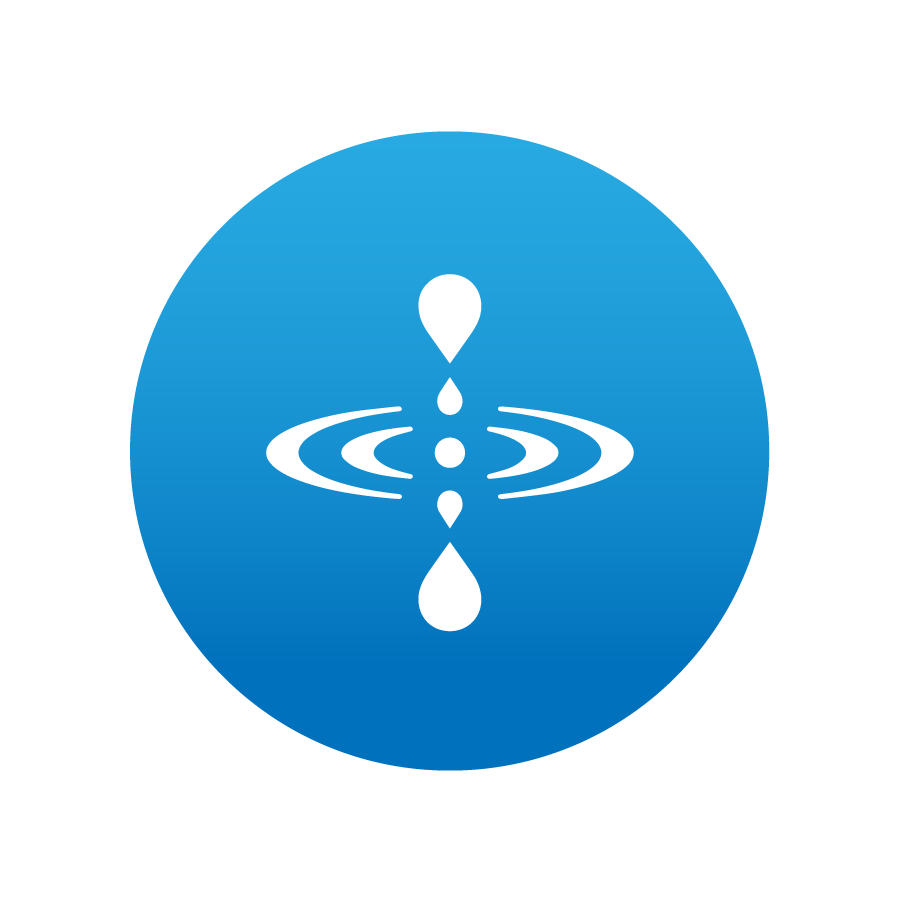When we consider the ways technology has seeped into our daily lives, it’s clear that some of its most profound impacts are the ones we hear the least about—literally. Today, I want to explore an intriguing facet of generative AI technology, particularly focusing on the Code Interpreter feature of ChatGPT. It’s more than just a tool; it’s a potential game-changer in how we conduct meetings and manage collaborative efforts.
The Silent Workhorse
Imagine sitting in a strategic planning meeting where every spoken word, every suggestion, and every conflict is quietly observed and analyzed. Here enters Code Interpreter, not with a voice, but as a silent consultant that enhances communication and coordination among team members.
What Does the Code Interpreter Do?
Functionally, the Code Interpreter acts as a real-time meeting recorder and analyst. But it doesn’t stop there. As the conversation flows, it can:
- Prioritize and Assign Tasks: Identifying key tasks mentioned during discussions and suggesting actionable items and responsible parties.
- Detect Potential Conflicts: Alerting team members to overlapping responsibilities or conflicting strategies before they escalate.
- Propose Alternative Strategies: Offering different approaches or solutions based on the analysis of the ongoing dialogue.
- Enhance Decision-Making: Providing data-driven insights and historical comparisons to aid in making informed decisions.
Real-World Application: More than Just a Recorder
Consider a scenario where a project team is discussing the launch strategy for a new product. Code Interpreter listens in, not just recording but actively analyzing the discussion based on predefined objectives and past successful strategies. It might notice that two departments have proposed overlapping roles in the project, potentially leading to conflict. By highlighting this, the tool allows the team to address the issue promptly.
Or perhaps the discussion veers into potential challenges. Code Interpreter could suggest alternative strategies that have worked in similar past scenarios, complete with data-backed outcomes and procedural suggestions.
The Human Element
What’s truly fascinating about integrating something like Code Interpreter into our meetings is not just its functional benefits but its ability to facilitate a more human-centric approach to technology use. It supports, rather than supplants. It enhances, rather than overshadows.
The Future of Meetings
As we look to the future, the role of AI in meetings could evolve from passive participation to a more dynamic, interactive tool. Imagine an AI that not only records and analyzes but also anticipates needs and prepares resources, all in real-time, all in silence. This isn’t just about making meetings more efficient; it’s about making them more effective, more intuitive, and, perhaps surprisingly, more human.
In conclusion, the silent jobs done by tools like the Code Interpreter could well be the unsung heroes of modern workplace efficiency. By embracing these silent partners, we open up new avenues for communication, collaboration, and innovation. The next time you sit down in a meeting, think about what’s not being said, and how an AI might just be your best ally in saying it.
